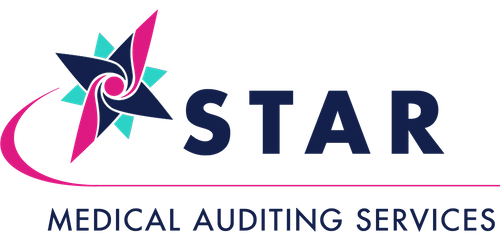Remote Workforce vs. Onsite Staff
Having worked in health information management (HIM) for over 30 years, back when HIM was called Medical Records, and back when transcriptionists were part of the department, the realization that having staff work remotely was considered a luxury that most staff wanted. It took a lot of effort and working back and forth with human resources to create a remote working position, writing the justification, job description, how to monitor and manage their work, took some time. And yet, here we are, remote healthcare workers are part of the norm. There are several benefits to having employees work remotely, especially in the healthcare consulting industry. While waiting to create internal remote positions, it was a great advantage to hire vendors that provided remote work, and through that process I learned to always have this advantage secured in order to best ensure my HIM department ran smoothly. Here are several compelling advantages to using vendors to provide a remote workforce, which benefits clients, organizations and employees:
· Increased Productivity: Many studies have shown that remote employees often experience fewer distractions and have more flexibility to create a work environment that suits their productivity style. This can lead to better focus and higher efficiency, as employees can work during their most productive hours without the interruptions often found in a traditional office setting. This flexibility can also make it easier to provide services across different time zones, enhancing client satisfaction.
· Cost Savings: Both employees and employers can see significant cost savings with remote work. Employees save on commuting costs and expenses related to maintaining a professional wardrobe or eating out for lunch, less wear and tear on personal vehicles, and less expense of gasoline, which can be a significant perk for employees, potentially leading to higher retention rates. Employers can save on overhead costs, such as office space, utilities, and office supplies. These savings can be redirected towards other important areas of the business, such as technology upgrades, training programs, or employee benefits. When using vendors, they often handle administrative tasks related to employment, such as payroll and benefits, which can further reduce the administrative burden on the client. This allows the client to focus more on its core activities and strategic goals rather than operational details.
· Access to a Global Talent Pool: Remote work removes geographical barriers, allowing companies to hire the best talent regardless of their location. This diversity can bring fresh perspectives and innovative ideas to the team. For a healthcare consulting company, this means you can attract specialists with unique expertise who might not be available locally which provides a major advantage as a vendor. This can be particularly valuable in specialized fields like HIM and clinical documentation improvement, where specific expertise is crucial.
· Scalability: Companies can quickly scale their workforce up or down based on project needs without the long-term commitment required for full-time, in-house employees. This agility is particularly advantageous in the dynamic healthcare consulting industry, where project demands can fluctuate. By leveraging remote staff from a vendor, healthcare consulting companies can remain nimble and responsive to client needs, ultimately delivering better service and achieving more successful outcomes.
· Flexibility: This is also a major advantage of having a remote workforce. Remote staff can work from anywhere, which not only supports a better work-life balance but also means that businesses can operate seamlessly across different time zones. This can be particularly advantageous for customer service roles or global projects that require round-the-clock attention. Furthermore, this flexibility can help attract and retain top talent who prioritize work-life balance, leading to a more motivated and loyal workforce.
Whether you are using a vendor to provide a remote workforce, or allowing your internal staff to work from home, embracing remote work can improve employee satisfaction and retention, as it often leads to a better work-life balance. This, in turn, fosters a more motivated and loyal workforce, contributing to the overall success of the company. This stability can reduce turnover costs and help maintain a strong, experienced team.
While there are many benefits to having remote staff, there are also potential negative impacts that businesses should consider. Communication can be challenging in a remote work environment. Misunderstandings can arise more easily when relying on written communication, such as emails and instant messages, rather than in-person conversations. Additionally, remote meetings can sometimes lack the spontaneity and nuance of in-person interactions, potentially leading to less effective collaboration and problem-solving.
Finally, managing a remote workforce can present unique challenges for leaders. Keeping track of performance, providing timely feedback, and ensuring accountability can be more complex when team members are not physically present. Managers may need to develop new skills and adopt different tools and strategies to effectively lead and support their remote teams. Ensuring that all employees have access to the necessary technology and resources to work efficiently from home is also crucial, as any gaps can hinder productivity and create frustration.
By being aware of these potential downsides, businesses can proactively address them and implement strategies to mitigate their impact, ensuring a successful remote work environment.
